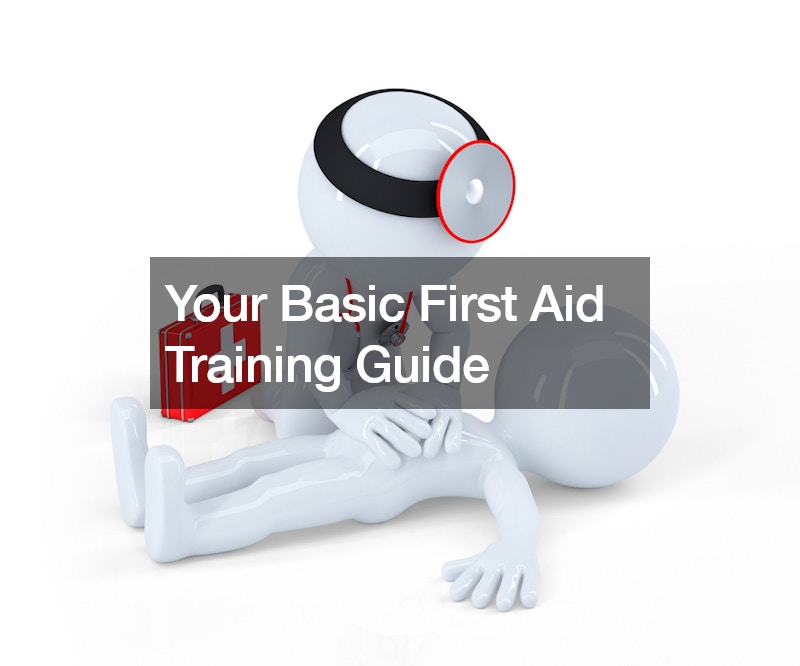
Your Basic First Aid Training Guide aims to equip you with essential life-saving skills. Understanding how to administer first aid in emergencies can considerably impact the result.
From minor cuts to more severe injuries, proper first aid knowledge can help stabilize a victim until professional medical assistance arrives.
The first step in your first aid training journey is to familiarize yourself with common medical emergencies and their appropriate responses. Learning how to assess the situation and prioritize care based on the severity of injuries is essential. Additionally, understanding basic anatomy and physiology can aid in identifying and addressing medical issues effectively.
Hands-on practice is vital to any first aid workshop. Simulating emergency scenarios allows participants to apply their knowledge and skills in a controlled environment. Practice techniques such as cardiopulmonary resuscitation (CPR), wound care, and immobilization of fractures to build confidence and proficiency.
Furthermore, staying up-to-date with first aid techniques and protocols is crucial. Regularly refresh your skills through additional training sessions or refresher courses. Stay informed about advancements in first aid practices and new guidelines issued by reputable health organizations.
In conclusion, your Basic First Aid Workshop Guide is valuable for learning life-saving skills. By understanding the fundamentals of first aid, practicing hands-on techniques, and staying informed about best practices, you can react effectively in emergencies. Quick and appropriate action can make a difference between life and death.
.





